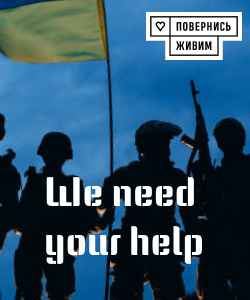According to the American publication The New York Times, an important and quite tense meeting took place at the end of last week between the U
S. presidential envoy Keith Kellogg and the self-proclaimed President of Belarus, Alexander Lukashenko. The main goal of this discussion was to establish a dialogue aimed at finding possible paths to peace in the armed conflict that has been ongoing between Ukraine and Russia for many months. According to Lukashenko’s spokeswoman, Natalia Eismont, the negotiations lasted over six and a half hours — from Friday evening until late Saturday evening. Participants discussed a wide range of issues, including measures to lift or ease existing international sanctions against Belarus, as well as problems directly related to Ukraine, the Middle East, and Minsk’s relations with key global players such as Russia and China. The NYT emphasizes that this visit was particularly significant, as Minsk was not only visited by Keith Kellogg but also by Christopher Smith, the U.S. Deputy Assistant Secretary of State, who had already visited Belarus at the end of February this year. At that time, the goal was to arrange a comprehensive agreement under which Lukashenko could receive concessions in the form of the release of political prisoners — a condition that was supposed to help reduce some international pressure and strengthen Belarus’s position on the global stage. It is noteworthy that by the end of the week, the first active and gradual release of 14 prisoners took place, including three U.S. citizens. This has become a significant step in the process of easing conflict situations that have long persisted in the country. Information from previous negotiations confirms that Lukashenko has repeatedly sought to demonstrate his loyalty to Moscow and support for Russian interests. For example, in 2020, during a period of intense attempts by Western countries to weaken Minsk’s strategic cooperation with Russia, then-Secretary of State Mike Pompeo aimed to weaken the unified Belarusian-Russian audience. However, these efforts failed at the time due to Lukashenko’s recognition of his “victory” in the elections, which triggered mass protests and international criticism. Now, analysts argue that Kellogg’s aims are less focused on distancing Belarus from the Kremlin and more on assessing Belarus’s possible role in seeking peace between Ukraine and Russia. During the meeting, which took place in an atmosphere of mutual tension, Kellogg noted that “we are living in very dangerous times when crises we face could escalate rapidly if we do not act with wisdom and justice.” In response, Lukashenko assured of a truce and prevention of escalation — with plans that “there will be no new escalations of the conflict either in Belarus or around us.” Additionally, acting not only as a counterpart but also as a politician, he made extra efforts to convince Moscow of his loyalty to Russia. Specifically, on the day of the visit, Lukashenko was received by Russian Investigative Committee head Alexander Bastrykin — an old ally of Vladimir Putin, who on Friday welcomed the Belarusian leader in Minsk and emphasized that “in these difficult times, we remain close to you.” On the very day of this key meeting, Lukashenko’s government also made a gesture of goodwill — apparently aiming to improve its international image — and released 14 political activists from prison, including the well-known opposition figure Sviatlana Tsikhanouskaya, who had been detained for a long time. Overall, this dialogue remains semi-classified and difficult to interpret; however, it is already clear that Minsk and Washington are trying to find common ground in their efforts to prevent further escalation of the conflict in Ukraine and to reduce regional tensions. The fact that Lukashenko continues to demonstrate loyalty to Russia, combined with U.S. efforts to involve him in peace negotiations, indicates a potential new stage in diplomatic talks. In the current conditions, stability and peace in Eastern Europe continue to face numerous challenges and risks.

